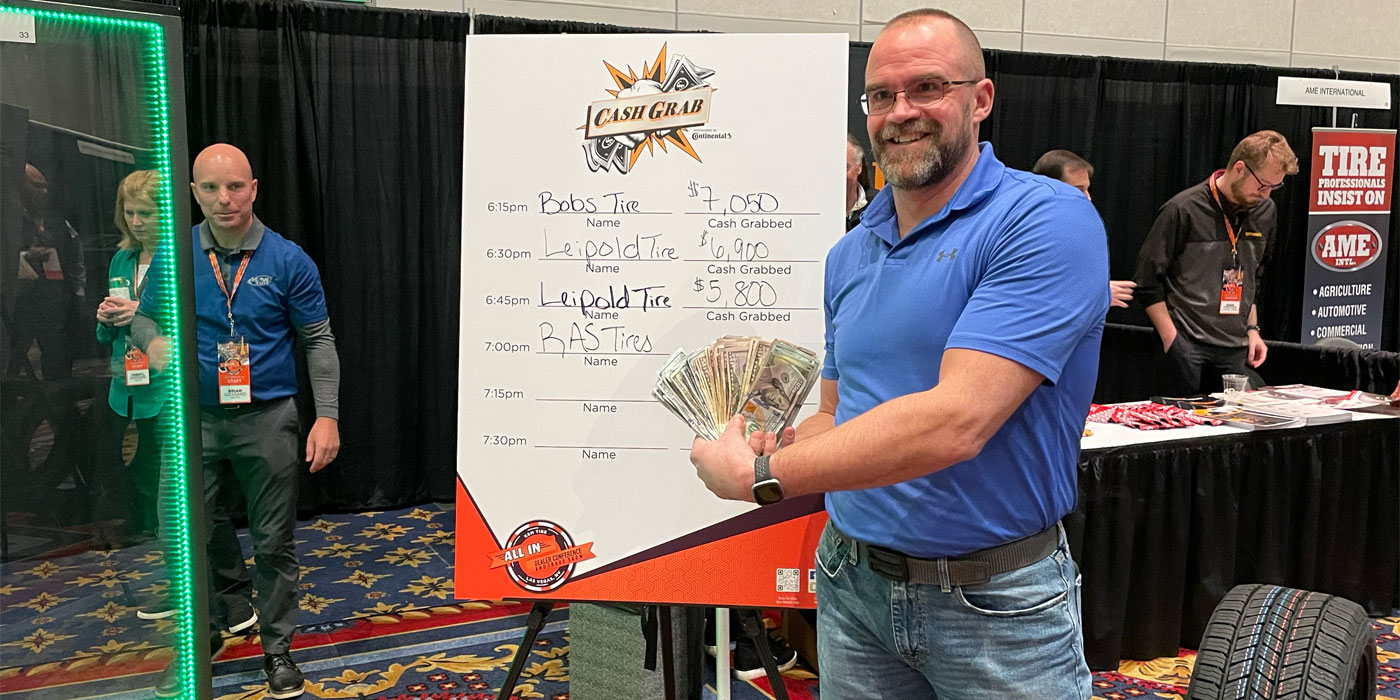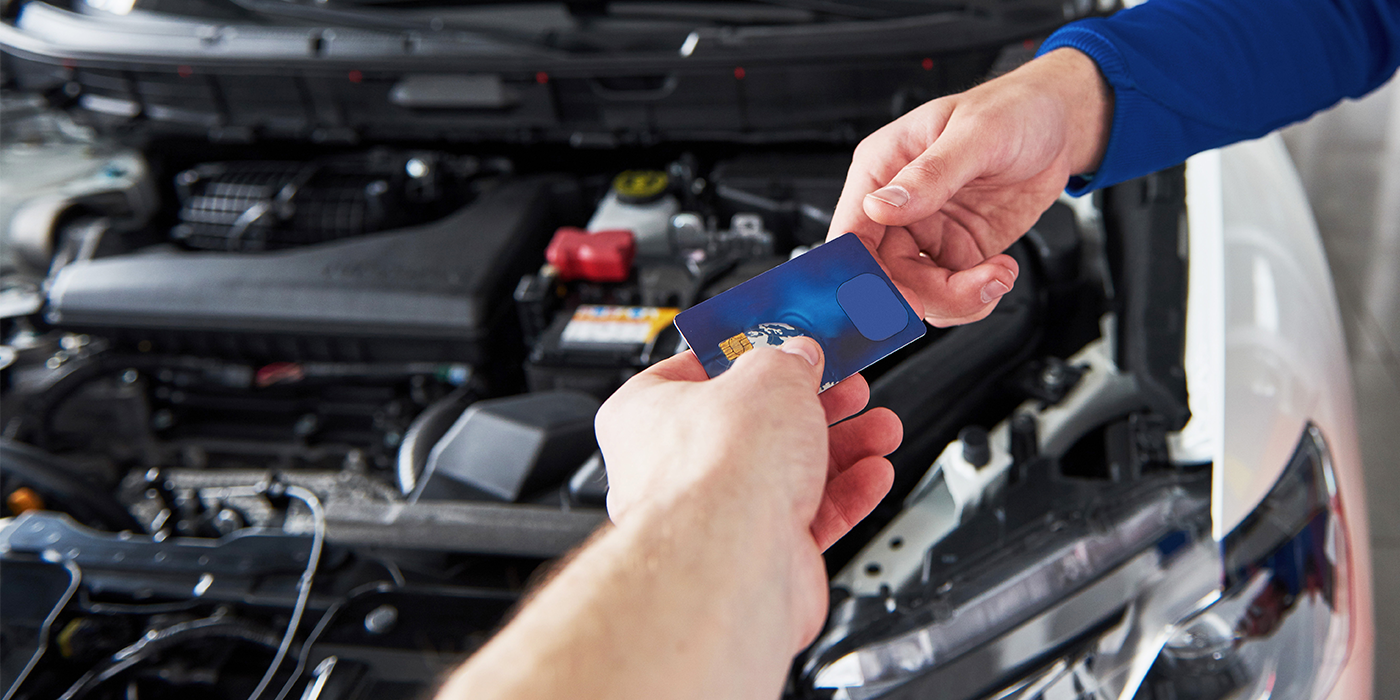p>
The chart "Comparing Depreciation Methods" (page 26) provides a tangible example of the different methods of depreciation available to dealers. As you can see, the different depreciation strategies produce substantially different results in terms of impact on the income statement and the balance sheet value of the asset from year to year.
Here’s a brief description of each method:
Straight-Line Depreciation – This is the simplest method. The purchase price of the asset is divided by the useful life in terms of years. The resulting depreciation amount is taken each year over the useful life until it runs out. The depreciation amount doesn’t change from year to year. While there is some variation from business to business, the key is to establish a reasonable life span for your equipment. Some automotive shops use seven years as a depreciation baseline as experience tells them that’s the average life span for their equipment.
Declining Balance Depreciation – This is the least aggressive method. In each year, the book value of the asset is divided by the total useful life, so while the numerator gets smaller each year, the denominator stays the same. If the declining balance method is used for the entire useful life of the asset, there’s a "residual" book value for the equipment remaining at the end.
Double Declining Balance Depreciation – This is a very aggressive strategy. In each year, the book value of the asset is divided by the total useful life, and then the result is multiplied by two. While the amount of depreciation will change each year, it’s heavily front-loaded in this method. Double Declining Balance is often used for assets that get a lot of use early in the equipment’s useful life or for equipment that doesn’t hold value well.
Sum-of-the-Year-Digits Depreciation – This also is a relatively aggressive method, ideal for assets that lose value quickly that results in front-loaded depreciation levels in the earlier years of an asset’s useful life. First, the aggregate number of years in the useful life are totaled (i.e. 5 + 4 + 3 + 2 + 1 = 15). This number serves as the denominator, and the inverse number for the number of years serves as the numerator (i.e. the number five would be used in year one; four in year two, etc.). The resulting fraction is then multiplied by the purchase price of the asset.
Modified Accelerated Cost Recovery System – This is a combination depreciation method allowed by the IRS that uses Double Declining Balance in the early years, followed by a switch to Straight-Line later. For example, with a five-year asset, the Double Declining Balance method is used in years one through three, switching to Straight-Line in years four and five. It’s an aggressive method that reduces tax liability in the early years, while still allowing for full depreciation of the asset before the useful life runs out (i.e. no residual book value at the end of the useful life).
Many automotive business owners, like tire dealers, use two different methods – one for tax reporting and one for financial reporting. This is legal ®“ and often advisable ®“ as long as both IRS guidelines and generally accepted accounting principles are adhered to. The advantage is that it enables you to minimize your tax liability while reporting a higher net income on your compiled, reviewed or audited CPA-prepared financial statement. Talk with your accountant to see if your business qualifies for dual reporting for depreciation.
Which Method Is Best?
The Declining Balance and Straight-Line methods are the most conservative, so if your fixed assets tend to depreciate evenly over their useful life, then these methods should work well for you. The Double Declining Balance, Sum-of-the-Years-Digits and Modified Accelerated Cost Recovery System methods are the most aggressive and should work well if your shop assets lose their value quickly.
Most assets don’t depreciate evenly over their useful life, experts note, and they tend to depreciate much quicker in year one and then less each year going forward.
One way you can tell if your depreciation method is effective is if you can sell the assets at close to book value. Depreciating assets too fast means you’ll show marginal profits for a few years and then one larger profit year when you dispose of the assets. If you depreciate too slowly, you’ll show healthy profits for a few years and then a post a loss when the assets are sold.
Experts suggest you should try to show a steadily improving level of profitability each year. This makes tax planning easier and bankers will more likely look favorably on loan requests.
Because you never know when you’ll need to borrow money, its important to show a strong balance sheet, as well as consistent cash flow coverage sufficient to repay debts. Bankers don’t like inconsistent profits, and if you wind up needing to borrow money in a year you show a loss, you’re likely to be turned down.
A few other suggestions from experts regarding depreciation methods:
®′ No asset can be depreciated below its salvage value.
®′ For businesses with total fixed asset purchases of less than $200,000 in a year, there’s an immediate deduction of $18,500 allowed.
®′ The maximum depreciation deductions for automobiles are $3,160 in year one, $5,000 in year two, $2,950 in year three, and $1,775 in year four and thereafter.
®′ In depreciating assets, the three conventions to apply are half-year, mid-quarter and mid-month.
®′ Three issues determine annual depreciation calculations: method of depreciation, asset life and convention.
Choose Wisely
It’s important for business owners to pay close attention to the method of depreciation used. It’s especially important for dealers because of how much money is spent on equipment and other capital investments. Finding the right depreciation method will minimize the check you write to Uncle Sam each year and maximize your chances of getting a loan from your banker the next time you need financing.
J. Tol Broome Jr. is a regular contributor to Babcox magazines, and is a financial expert who’s been in the lending business for more than 15 years.













